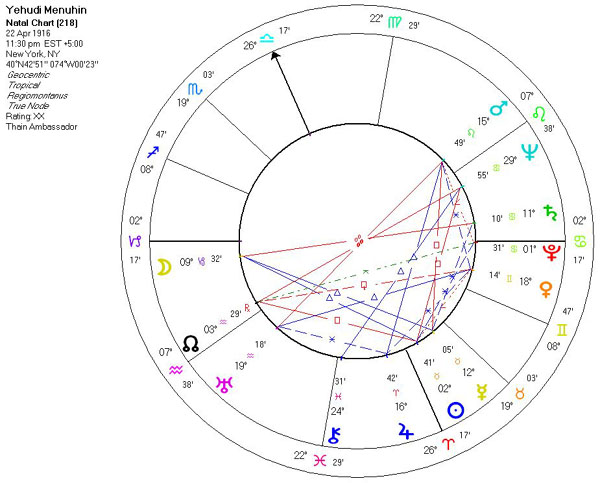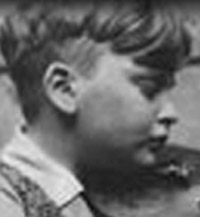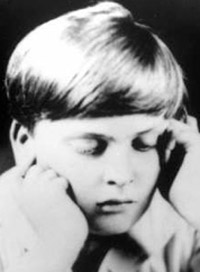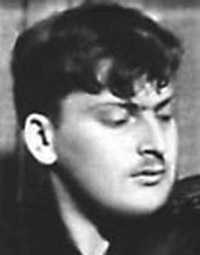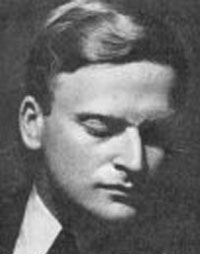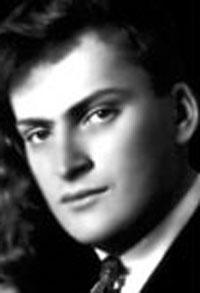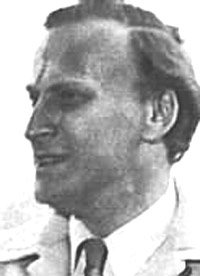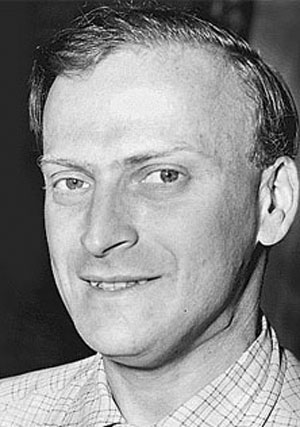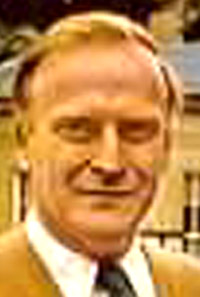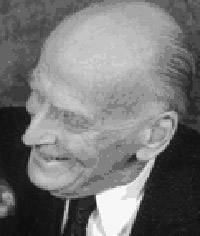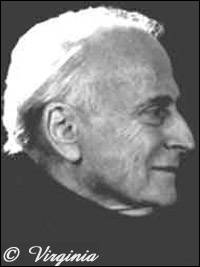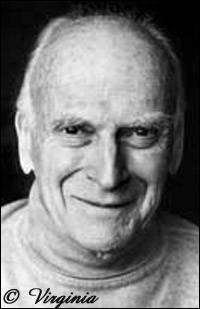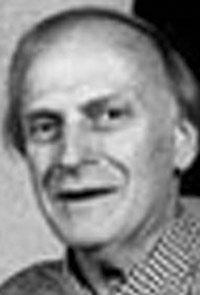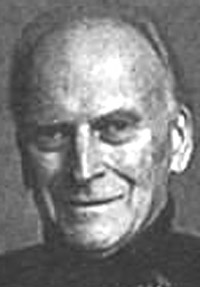Copyright Michael D. Robbins 2005
Astro-Rayological Interpretation & Charts
Quotes
Biography
Images and Physiognomic Interpretation
I can only think of music as something inherent in every human being - a birthright. Music coordinates mind, body and spirit.
The violinist is that peculiarly human phenomenon distilled to a rare potency-half tiger, half poet.
The violinist must possess the poet's gift of piercing the protective hide which grows on propagandists, stockbrokers and slave traders, to penetrate the deeper truth which lies within.
Sir Yehudi Menuhin (April 22, 1916 - March 12, 1999), later Lord Menuhin of Stoke D'Abernon was an American-born violinist, violist, and conductor who spent most of his performing career in Britain. He was a student of Louis Persinger, Georges Enesco, and Adolf Busch. After building early success on richly romantic and tonally opulent performances, he experienced considerable physical and artistic difficulties caused by overwork during World War II and unfocused early training. Careful practice and study combined with meditation and yoga helped him overcome many of these problems, and he continued to perform to an advanced age, becoming known for profound interpretations of an austere quality. In 1952, Menuhin met and befriended the influential yogi B.K.S. Iyengar. Menuhin arranged for Iyengar to teach abroad in London, Switzerland, Paris and elsewhere. This was the first time that many Westerners had been exposed to yoga. In 1962 he established the Yehudi Menuhin School">Yehudi Menuhin School in Surrey. In 1965 he received an honorary knighthood. During the 1980s he made jazz recordings with Stephane Grappelli. In 1985 he was awarded British citizenship and had his honorary knighthood upgraded to a full one. In 1993 he was made a life peer as Baron Menuhin of Stoke D'Abernon. He died in Berlin. His pupils include Nigel Kennedy and Hungarian violist Csaba Erdelyi. Menuhin credited the German-Jewish philosopher Constantin Brunner with providing him with "a theoretical framework within which I could fit the events and experiences of life" (Conversations with Menuhin: 32-34). Arguably the most famous of Menhuin's violins is the "Lord Wilton" Guarneri del Gesů violin made in 1742.
Yehudi Menuhin had one of the longest and most distinguished careers of any violinist of the twentieth century. The child of recent immigrants, Menuhin was born in New York in 1916. By the age of seven his performance of Mendelssohn's Violin Concerto had found him instant fame. As a teenager he toured throughout the world and was considered one of the greats long before his twentieth birthday. Even in his earliest recordings one can sense deeply passionate responses to the great composers. Though considered a technical master, it is his highly charged emotional playing that set him apart.As a young man Menuhin went to Paris to study under violinist and composer George Enesco. Enesco was a primary influence on Menuhin and the two remained friends and collaborators throughout their lives. During the thirties, Menuhin was a sought after international performer. Over the course of World War II he played five hundred concerts for Allied troops, and later returned to Germany to play for inmates recently liberated from the concentration camps. This visit to Germany had a profound effect on Menuhin.As a Jew and a classical musician, Menuhin had a complex relationship with German culture. He was fluent in German and deeply influenced by classical German composers. Menuhin found in the German conductor Wilhelm Furtwängler an important musical peer. Despite accusations of Furtwängler's pro-Nazi sympathies, Menuhin continued to support him and his work. It seemed that for many years, Menuhin led a double life. He was an outspoken supporter of dozens of causes for social justice, while also longing for a solitary life where he could ignore the concerns of society and attend only to the history of music and his role within it.Throughout the 1940s and 50s, Menuhin performed and made recordings from the great works of the classical canon. During this time he also began to include rarely performed and lesser known works. One of his greatest achievements is the commissioning and performing of Sonata for Solo Violin by Bella Bartók. In Bartók, Menuhin found a composer of deep emotion and pathos that mimicked his own. Bartók's work was at once technically rigorous and open to interpretive playing. Of Menuhin, Bartók said he played better than he imagined he would ever hear his work played. Their collaboration is considered one of the greats of twentieth-century classical music.By the sixties, Menuhin began to increase the scope of his musical involvement. In 1963 he opened the Yehudi Menuhin School, a school for musically gifted children. He also began conducting, which he would continue to do until his death. He conducted in many of the important music festivals and nearly every major orchestra in the world. It was around this time he also broke from his traditional roots and did work outside of the classical genre. One of his most successful ventures out of traditional performance was with the great Indian composer and sitarist Ravi Shankar. Throughout the last twenty years of his life, Menuhin continued to engage in every aspect of musical work. As a performer, a conductor, a teacher, and a spokesperson, he spent his seventies and eighties as one of the most active musicians in the world. He was a constant contributor to religious, social, and environmental organizations throughout the world. Among his many books were VIOLIN: SIX LESSONS (1972) and the autobiography UNFINISHED JOURNEY (1977).
On March 12, 1999 he died in Berlin, Germany, ending one of the longest and most prestigious careers of any American violinist.
Yehudi Menuhin ( 1916 -- 1999 ) Violinist; born in New York City. He grew up in San Francisco, where he began violin study at age three and made his public debut at age seven. Within a few years he had been acclaimed as a prodigy, finding resounding successes in Europe (where he studied with Georges Enesco) and playing the Beethoven Violin Concerto in New York in 1927. The next year, at age 12, he performed concertos by Beethoven, Brahms, and Bach in one concert of the Berlin Philharmonic. In the early 1930s a world tour took him to 73 cities in 13 countries. During World War II he concertized tirelessly for Allied troops. Largely based in Switzerland and England after the war, he conducted as often as he played, becoming a fixture of music festivals and, from 1969, director of England's Windsor Festival. In the 1960s he helped popularize Indian music in the West. Besides playing the standard repertoire, he commissioned and played important works from composers including Bartók and Walton.
